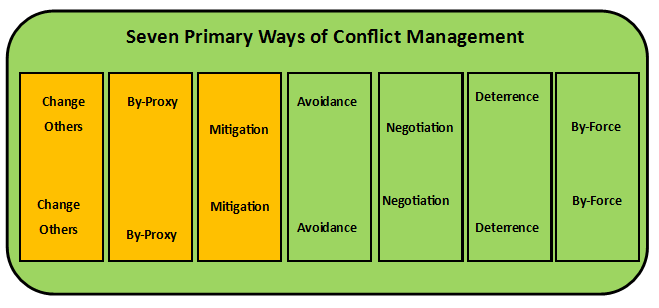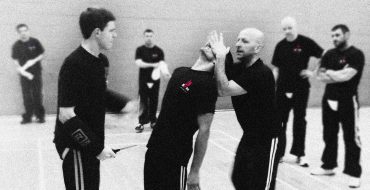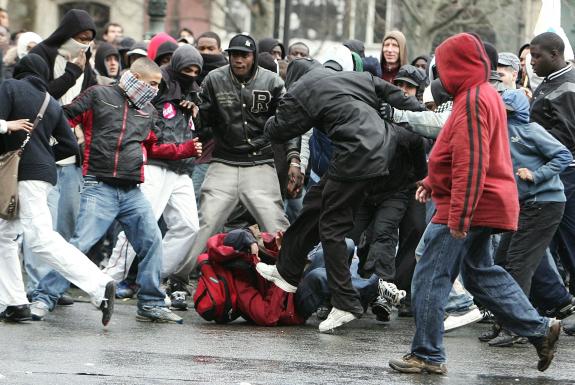As it is winter here in England with short days, dark mornings and evenings, I have been dog walker in chief in the Smith household. This is not a moan, far from it, I love being outside walking, absolutely love it and we have had some fantastic days this year, good hard frosts and crisp clear skies. I particularly like walking in the dark of early evening when there is virtually nobody else around, it is nice and quiet then and it is surprising how quickly your night vision kicks id once away from streetlight.
Now we are mid February and it is warming up more. Recent rain has made some of the paths we use very muddy and you spend a lot of your time looking where to put your feet rather than looking around at the beautiful surroundings. We live on the edge of the city and access to beautiful walks is easy, we could stick to the tarmac covered paths in parks but getting out on the crags and paths through the fields is much nicer.
Apparently the Old English name for February was Solmonath (mud month), sounds right to me, I think I will start using it. Other countries and cultures have different names for February and most relate to the conditions and temperature they experience. The emergence of the mud from the previously, well mostly, frozen earth (this depends on the variations we experience as a temperate clime), is a sign that we are moving towards spring.
Heading towards is not there yet. However, as the mornings and evenings lightening and the mud squelches underfoot we know that spring is around the corner. I never bother with new year resolutions and the flood of I will get fitter false promises people make and do not carry through on. I do though, around now, start thinking about getting out and about more and starting the build up my fitness levels. I can imagine little more depressing than heading to the confines of a gym to workout in artificial light in an artificial atmosphere surrounded by many, not all, artificial people. It is not my scene, (exceptions allowed when on holiday).
I like my weights, I like my exercise bike a bit less, I love walking and cycling. A motorcycle crash in early April screwed my training regime last year, it was followed by a problem with my right bicep followed by a series of coughs and chest infections that I thought would never end. Then just before Christmas it all, almost, lifted so I decided a period of rest was needed.
I am still in that period of rest, I did train in preparation for my 4th dan in Ju Jitsu in November and sneaked the examination in between infections, I think the bruised ribs worsened the next chest infection though and I was close to pneumonia, but apart from that, I carried on teaching. I rested from the exercise not from being involved, how can I when I run the training?
Well a 2 week shut down lazing around in the sun, and wind, on Fuertaventura certainly recharged the batteries and on return I have kept on with the just teaching strategy with just a few dabbles here and there. Rest has done me good and I am now feeling ready to resume training, ready both physically and mentally. Many people do not, or worse still cannot rest, and this is very dangerous, in my opinion. The earth revolves and the seasons change, nature renews and restores itself. The human body needs periods of rest, each day we rise, engage in our waking lives and then retire to sleep again, we have 4 seasons in one day and our bodies need this. Regular sleep is good for us, our bodies repair the damage done throughout the day whilst we sleep. Poor sleep eventually wears you down as does a failure to take a break from our training.
Building in regular periods of relaxation into our training programme is good practice and a sign of dedication and not neglect. Whilst we may train twice or three times a week at the Dojo it is important, given all the other pressures of everyday life, to make sure we have a couple of nights a week set aside for relaxation. That does not mean that we must neglect our art completely on these nights, rather than push the body further we may take the opportunity to chill out but set aside a period for virtual training where as part of our relaxation we engage in imagining our kata and techniques.
Relaxation is the gateway to the renewal of both body and mind. By engaging in relaxation techniques one can quite quickly recover from the tiredness and stress of everyday life. Whilst there are many ways this can be done as there are ways to become tired and stressed it is important to find the method that suits you best. On the occasions I have to get up early I find I function better if I take a siesta in the afternoon. This leaves me refreshed and raring to go in the late afternoon and evening. For some a quiet period is enough or a period listening to whale songs. It does not matter what you do as long as it works for you and is relaxing.
Most evenings I indulge myself in a very hot bath with some nice bath oils to soak my muscles and completely switch off for a few minutes, often falling asleep. This has now become a ritual in my life and works for me, it is my retreat. I know some people who prefer a form of Spartan regime where rest is a sin, a sign of weakness and failure. Well each to their own it is not for me to judge. However, take a look around you, observe how things happen in nature, look at the process of how the earth regenerates itself and learn from it.
At the moment I am extending the length of time I walk and my stride. I am walking further and faster and the dog is a happy boy. As the weather improves this will continue and the mountain bike will come out too. Happy days ahead. The weights will come out to play and I will be joining in the training and not just teaching.
Right now I have a little dog to walk on an overcast Solmonath day, more fresh air and exercise and all for free. After that I have a little more admin work to do before teaching an early evening class, then there will be a nice hot soak and an early night, that is part of my training.









